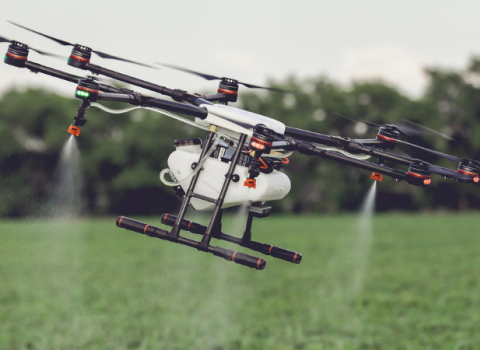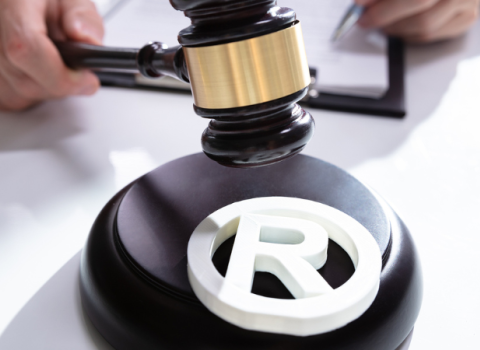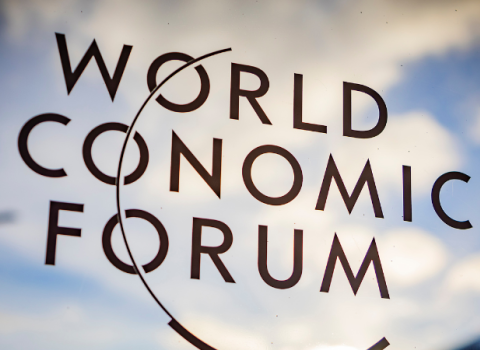The US Supreme Court in Mayo v Prometheus has disappointed the personalized medicine industry by invalidating two patents in the field, relying on the prohibition against patenting a law of nature. Indeed, the Prometheus case involved claims that were likely too broad to survive and should have been invalidated on other, clearer legal grounds.
The inventors had discovered that in treating certain immune-related disorders, doctors should select a drug dosage that maintains the level of a specified chemical in the blood within a particular range. The specified chemical to be monitored could be the administered drug itself or another chemical that the drug was converted to in the body, i.e., a metabolite. Prior to the invention, it was known to treat such disorders with the claimed drugs, and it was known that the specified chemicals were relevant to therapeutic results. The inventors discovered an accurate measure of the particular correlation between the amounts of the specified chemicals in the blood and therapeutic efficacy. The specified chemicals to be measured are a type of biomarker.
Biomarker technology plays a major role in personalized medicine. For example, a biomarker may be a gene mutation that indicates predisposition to certain disease or that is otherwise useful for diagnosing disease. The biomarker may be a chemical in the blood whose presence is relevant to therapy, as in Prometheus. The patentability of biomarkers is critical to the personalized medicine industry, of course. Without patent protection, innovators would be hard-pressed to recover the cost of developing biomarker technology. Biomarker technology is generally easy to copy, however, because the once the biomarker and its significance is known, it becomes a relatively simple matter to detect and analyze the biomarker in a patient.
Claims invalid
The Supreme Court viewed as a “law of nature” the correlation between the amounts of the specified chemicals in the blood and therapeutic results in the Prometheus patent. The Supreme Court concluded that the claims were invalid because “apart from the natural law” the steps in the claims at issue “involve well-understood, routine, conventional activity previously engaged in by researchers in the field.”
The decision is disappointing for two reasons. First, it conflates the previously distinct doctrines that (a) patentable inventions must be new and (b) that certain categories of discoveries are per se unpatentable subject matter (e.g., laws of nature, natural phenomena, and abstract ideas). Second, the decision fails to clarify the Supreme Court’s own confusing precedent on what constitutes unpatentable subject matter.
In rejecting the claims as “simply appending conventional steps, specified at a high level of generality, to laws of nature” the Court acknowledged that it was allowing overlap between the novelty requirement and the doctrine regarding unpatentable subject matter. Unfortunately, the Court gave little guidance on how to apply this blended test.
Conventional steps rule
In discussing its own earlier cases on patenting natural laws, the Court left it unclear how to determine how to apply its “conventional steps” rule. The Court discussed and distinguished its earlier cases Diehr, whose claims were upheld, and Flook, whose claims were denied. Both cases, however claimed methods whose steps involved first measuring variables in a system, then applying a natural law calculation to the variables, and finally adjusting the system based on the calculation. The Court explained that in Diehr, the steps were more complex and thus somehow not “conventional”, but the Court did not provide clear guidance on how to make a threshold determination for future cases.
It remains to be seen how the US Patent and Trademark Office (USPTO) and the US Court of Appeals for the Federal Circuit will implement the Prometheus case. Sources have indicated that the USPTO is instructing examiners to implement Prometheus as best they can, in view of the statement in Prometheus that “simply appending conventional steps, specified at a high level of generality, to laws of nature, natural phenomena, and abstract ideas” are unpatentable, and that a patentable claim should involve a specific application of the natural law without pre-empting completely the law of nature itself. Further, examiners should apply this guidance in view of the particular facts of Prometheus.
Wherein clauses
If limited to its facts, however, Prometheus may not be so threatening. The biomarker at issue in Prometheus was known. The general importance of the biomarker as correlating to therapy was also known. Finally, the claim methods lacked any active step distinguishing the prior art. The claims recited just two simple steps: administering the drug, and determining the level of the biomarker; both of these steps were old in the field. The distinguishing features of the Prometheus claims over the prior art were stated in two “wherein” clauses at the end of the claims. Such “wherein” clauses are not active steps; instead, the “wherein” clauses merely state inherent features of the upper and lower limits of the biomarker levels in the blood.
The Prometheus claim the Court addressed appears below:
A method of optimizing therapeutic efficacy for treatment of an immune-mediated gastrointestinal disorder, comprising:
(a) administering a drug providing 6-thioguanine to a subject having said immune-mediated gastrointestinal disorder; and
(b) determining the level of 6-thioguanine in said subject having said immune-mediated gastrointestinal disorder,
- wherein the level of 6-thioguanine less than about 230 pmol per 8x108 red blood cells indicates a need to increase the amount of said drug subsequently administered to said subject and:
- wherein the level of 6-thioguanine greater than about 400 pmol per 8x108 red blood cells indicates a need to decrease the amount of said drug subsequently administered to said subject.
Next on the horizon is the Myriad case involving patents on a gene biomarker and related diagnostic methods. The Federal Circuit in Myriad had issued a decision generally favorable to the patentee. At issue in Myriad were claims to an “isolated” human gene and diagnostic methods involving the gene. Most controversial in Myriad is the basic question of whether an isolated gene is patentable. After deciding Prometheus, the Supreme Court, which had been requested to review Myriad, vacated the Federal Circuit’s decision and asked the Federal Circuit to issue a new decision in Myriad taking into account the Supreme Court’s ruling in Prometheus.
Thus, the next development on the question of patent eligibility for biomarker technology rests for now in the hands of the Federal Circuit in revisiting Myriad.





 A unique international forum for public research organisations and companies to connect their external engagement with strategic interests around their R&D system.
A unique international forum for public research organisations and companies to connect their external engagement with strategic interests around their R&D system.